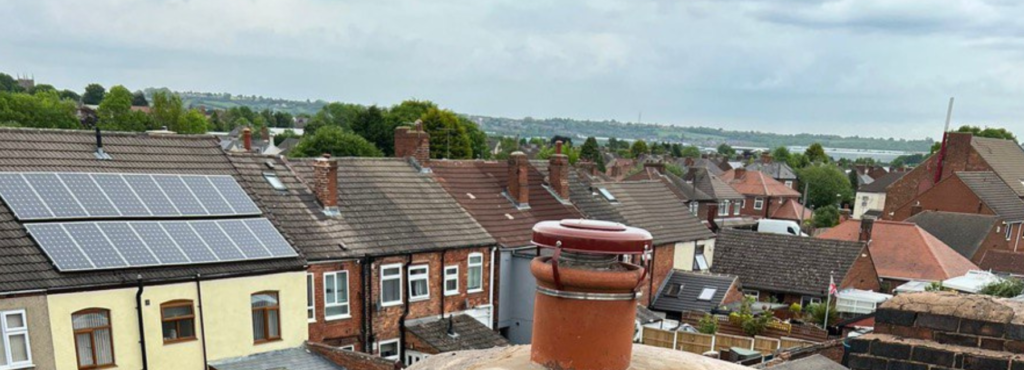Introduction: Roof inspections are fundamental to maintaining a healthy and efficient roofing system. While traditional visual inspections can identify some issues, thermal roof inspections offer a deeper understanding of your roof’s condition. In this blog post, Ruddington Roofing Repairs delves into the science of thermal roof inspections, explaining how this advanced technology works and why it’s an invaluable tool for homeowners and commercial property managers.
Understanding Thermal Imaging
Thermal imaging, or thermography, is a non-invasive technology that allows professionals to visualise temperature variations in objects and surfaces. It works based on the principle that all objects emit infrared radiation, which is influenced by their temperature. Thermal cameras capture these temperature differences and display them as images, making it easier to identify potential issues.
How Thermal Roof Inspections Work
Thermal roof inspections involve using specialised thermal cameras to identify temperature variations on the roof’s surface. Here’s how the process works:
- Equipment Setup: A trained technician will use a thermal camera with infrared sensors to capture images of the roof’s surface.
- Temperature Variations: The camera will detect variations in temperature on the roof’s surface. Various factors, including moisture, insulation problems, or heat loss, can cause these variations.
- Image Analysis: The captured thermal images are analysed to identify anomalies. Areas with abnormal temperature patterns are often indicative of underlying issues.
The Benefits of Thermal Roof Inspections
- Early Detection: Thermal imaging can identify problems not visible during a visual inspection, such as hidden leaks or insulation issues.
- Cost-Effective: By identifying issues early, thermal inspections can prevent more extensive damage, ultimately saving homeowners and property managers on repair costs.
- Energy Efficiency: Thermal inspections can pinpoint areas where heat is escaping from the building, enabling homeowners to address insulation and ventilation problems that can lead to increased energy consumption.
- Non-Invasive: Thermal inspections are non-invasive, meaning there is no need to damage or disrupt the roofing system during the physical assessment.
Common Roof Issues Detected by Thermal Imaging
Thermal roof inspections can reveal a variety of issues, including:
- Water Intrusion: Moisture trapped in the roofing system can lead to rot, mould, and structural damage. Thermal imaging can detect areas of trapped moisture.
- Insulation Problems: Inadequate or damaged insulation can result in temperature variations that thermal imaging can identify.
- Heat Loss: Leaks in the building envelope, such as around vents or chimneys, can lead to heat loss. Thermal imaging can identify these areas for repair.
- Electrical Issues: Rooftop electrical systems can pose fire hazards. Thermal imaging can identify overheating electrical components.
Conclusion: Thermal roof inspections provide a valuable glimpse into the health of your roofing system by detecting temperature variations that indicate potential problems. This non-invasive, cost-effective technology enables homeowners and property managers to address issues early, improve energy efficiency, and prolong the lifespan of their roofs. Ruddington Roofing Repairs provides comprehensive support and maintenance for professional thermal roof inspections and expert roofing services.
Call us on: 0115 647 1193
Click here to find out more about Ruddington Roofing Repairs
Click here to complete our contact form and see how we can help with your roofing needs.

